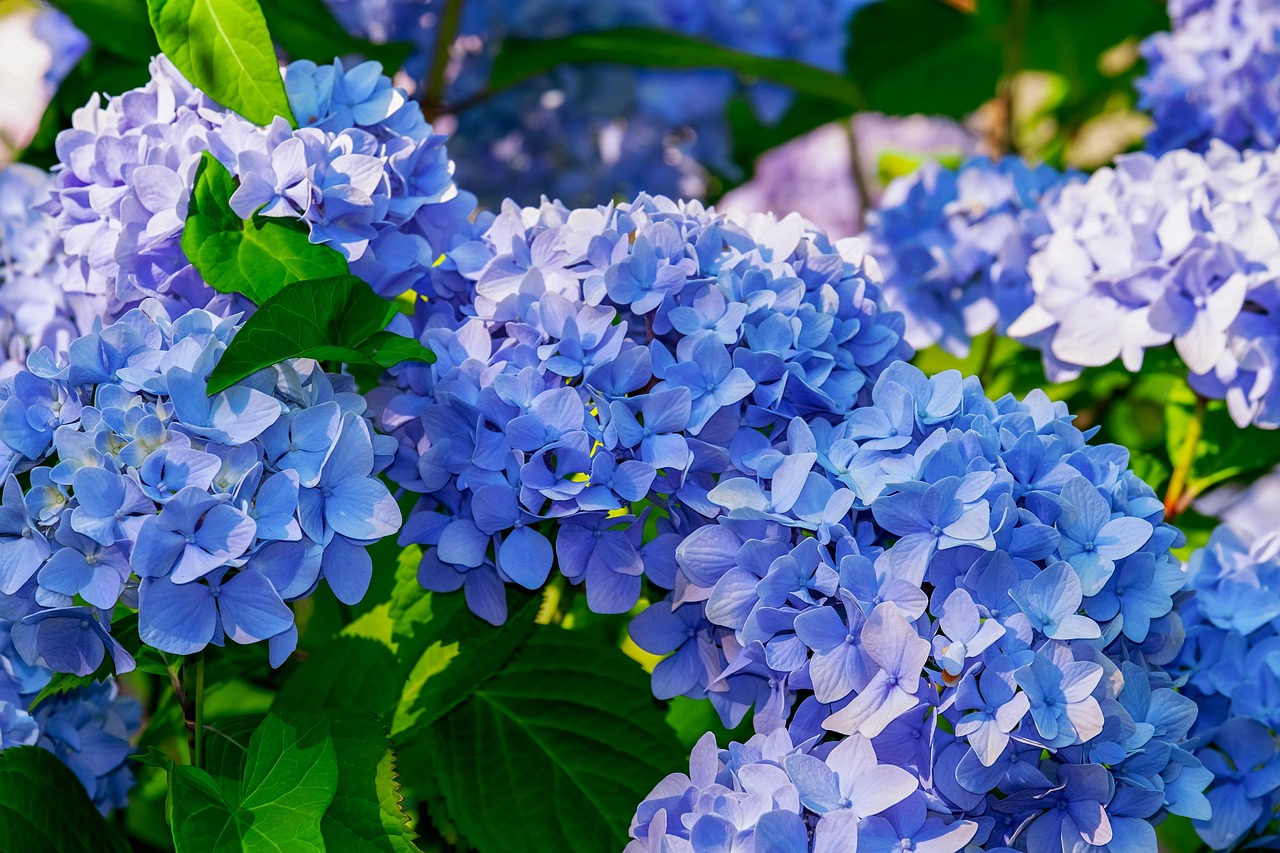
As summer fades and the golden hues of fall take over your garden, one plant quietly waits for your attention—your hydrangeas. They’ve worked hard all season, showing off their stunning blooms, but now they need a little help to prepare for what’s ahead. Caring for hydrangeas in fall isn’t just a nice-to-do. It’s a must.
Why? Because what you do now can mean the difference between a lush, flower-filled garden next spring… or a heartbreaking collection of bare stems. Don’t wait until it’s too late.
Let’s walk through the exact steps you need to take this fall to keep your hydrangeas healthy, happy, and ready to wow you again next year.
Why Fall Hydrangea Care Matters More Than You Think
Many gardeners make the mistake of thinking hydrangeas go dormant and don’t need much after blooming ends. But fall is when your plant begins storing energy for spring. If you ignore it now, you could be cutting off next year’s bloom cycle.
Did you know? Certain types of hydrangeas set their flower buds in late summer and fall. That means careless pruning, frost damage, or nutrient deficiencies now can rob you of blooms later.
Know Your Hydrangea Type First
Before you grab the pruners or mulch, it’s crucial to identify your hydrangea variety. Why? Because each type has different fall care needs.
The Main Types of Hydrangeas:
- Bigleaf (Hydrangea macrophylla) – Includes mophead and lacecap; blooms on old wood.
- Oakleaf (Hydrangea quercifolia) – Grows well in shade; also blooms on old wood.
- Panicle (Hydrangea paniculata) – Blooms on new wood; handles pruning better.
- Smooth (Hydrangea arborescens) – Like ‘Annabelle’; blooms on new wood.
- Climbing Hydrangea (Hydrangea anomala) – Climbs walls and fences; slower-growing.
Quick Tip: If you’re unsure, don’t prune. It’s safer to wait until spring than risk cutting off next year’s flowers.
Should You Prune Hydrangeas in Fall?
This is where many gardeners go wrong.
Pruning Rules by Type:
- Do NOT prune Bigleaf or Oakleaf hydrangeas in fall. They bloom on old wood and have already set buds.
- DO prune Panicle and Smooth hydrangeas. These bloom on new wood and benefit from a fall cut-back.
How to Prune If Needed:
- Wait until after the first frost but before a deep freeze.
- Use clean, sharp shears.
- Remove dead, crossing, or diseased branches.
- Cut back new-wood bloomers (Panicle, Smooth) to about 18–24 inches above ground.
Warning: Don’t deadhead if you’re in a frost-prone area. The dried blooms help insulate the new buds.
Protect Your Hydrangeas from Fall Frost and Winter Chill
Cold temperatures can damage tender buds. If your region sees harsh winters, this step is non-negotiable.
Mulching Magic:
- Spread 2–4 inches of mulch around the base (but not touching the stem).
- Use pine needles, shredded leaves, or bark.
- This helps regulate soil temperature and retains moisture.
For Bigleaf & Oakleaf Hydrangeas:
- Create a “cage” using chicken wire around the base.
- Fill it with straw or dry leaves for insulation.
- In extreme zones (USDA Zones 3–5), wrap the entire plant in burlap.
Bonus Tip: Water well before the ground freezes. Hydrangeas need moisture to survive winter, even in dormancy.
Should You Water Hydrangeas in Fall?
Absolutely—just less frequently.
Hydrangeas may not be actively blooming, but their roots are still working. Dehydrated roots = stressed plants.
Fall Watering Tips:
- Water deeply once a week if rainfall is under 1 inch.
- Water early in the day to allow moisture to soak in.
- Avoid soggy soil, which can lead to root rot.
Pro Tip: Stick your finger 2 inches into the soil. If it’s dry, water.
Feed or Not to Feed? What About Fertilizer?
Many gardeners overfeed in fall. That’s a mistake.
Why Fall Fertilizer Can Backfire:
Fertilizing now can encourage new, tender growth—which is more likely to be killed by frost.
What to Do Instead:
- Add compost around the base.
- Use bone meal or phosphorus-rich organic amendments if your plant struggled to bloom.
- Avoid nitrogen-heavy fertilizers.
Timing Rule: Stop all fertilizing by early September.
Deadheading: Yes or No?
Deadheading isn’t just about tidiness—it can help redirect energy back to the roots.
How to Deadhead (If Safe):
- Only deadhead if your plant isn’t frost-prone.
- Snip blooms just above the first set of healthy leaves.
- Leave faded blooms on in colder areas to shield the buds underneath.
Aesthetic Tip: Dried hydrangea heads can add texture to your fall garden—and make beautiful dried bouquets indoors.
Can You Bring Potted Hydrangeas Indoors for Winter?
If you have container-grown hydrangeas, they’re more vulnerable to freezing temps.
Overwintering Potted Hydrangeas:
- Move pots to a sheltered location (garage, shed, cold frame).
- Wrap the container in burlap or bubble wrap to insulate roots.
- Keep the soil lightly moist, but not wet.
Dormancy is normal—don’t panic if leaves drop. Just keep it cool and dark until spring.
Final Fall Checklist for Hydrangea Care
Here’s a quick recap to keep your fall hydrangea care on track:
Identify your hydrangea type
Prune only if it blooms on new wood
Add mulch and protect from frost
Water moderately and deeply
Skip fertilizer (unless adding compost)
Deadhead only in mild climates
Insulate potted hydrangeas or bring them indoors
Final Thoughts: Will You Regret Skipping These Steps?
Caring for hydrangeas in fall is like writing a love letter to your future garden. It’s the quiet prep work that sets the stage for the drama and beauty of spring. Skip it, and you risk disappointment. Do it right, and you’ll be rewarded with jaw-dropping blooms that make the neighbors stop and stare.
So ask yourself: Will you take 20 minutes this fall to ensure a season of beauty next year? Or will you wait, only to wish you had done more?
The choice is yours—but your hydrangeas are counting on you.
